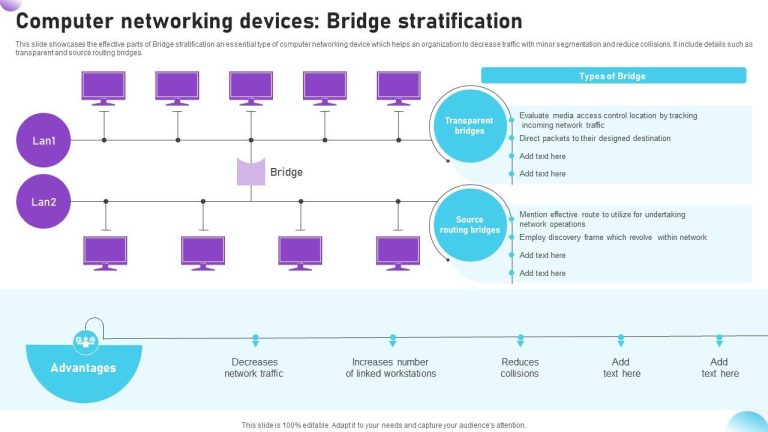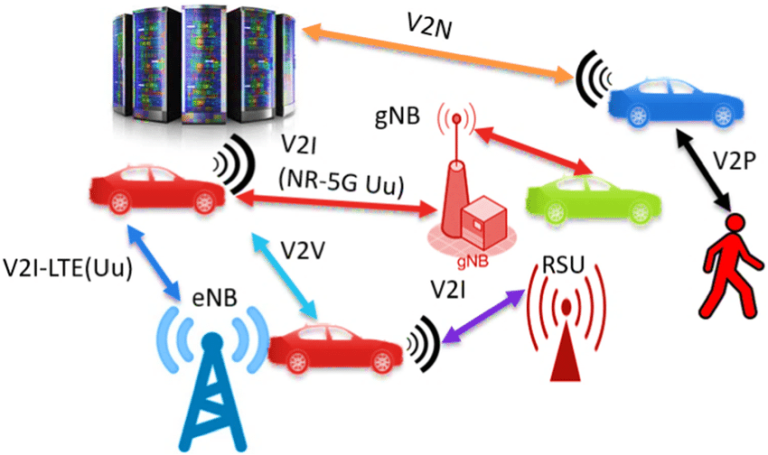Cutting-Edge 5G Signal Processing: Breakthroughs and Engineering Insights
telcomatraining.com – The fifth generation of wireless communication, or 5G, is revolutionizing the way the world connects. With promises of ultra-low latency, blazing-fast speeds, and massive device connectivity, 5G stands as a technological leap from its predecessors. At the heart of this innovation lies advanced 5G signal processing, an engineering frontier that is enabling these capabilities. This article explores the latest breakthroughs and engineering insights in 5G signal processing that are driving this global transformation.
What is 5G Signal Processing?
5G signal processing refers to the set of techniques and algorithms used to encode, transmit, and decode signals over 5G networks. It ensures that data is transmitted efficiently and reliably, even in complex and dynamic environments. As 5G networks operate across a broader spectrum—including sub-6 GHz and millimeter-wave (mmWave) frequencies—signal processing has become more sophisticated and critical than ever before.
Breakthroughs in 5G Signal Processing
1. Massive MIMO (Multiple Input, Multiple Output)
One of the most significant innovations in 5G signal processing is Massive MIMO. Unlike traditional MIMO, Massive MIMO uses dozens or even hundreds of antennas to send and receive more data simultaneously. This boosts spectral efficiency and increases capacity, especially in densely populated urban areas. Beamforming techniques, combined with Massive MIMO, allow signals to be focused precisely toward individual users, enhancing signal strength and reducing interference.
2. Advanced Beamforming Algorithms
Beamforming plays a pivotal role in 5G networks by directing wireless signals in specific directions. New beamforming algorithms leverage AI and machine learning to optimize signal paths in real-time, adapting to user movement and environmental changes. This smart signal steering is especially vital in high-frequency mmWave bands, where signals are more prone to blockage and attenuation.
3. Millimeter-Wave Processing
5G’s use of mmWave frequencies (above 24 GHz) introduces new challenges and opportunities. Engineers have developed novel signal processing techniques to counteract the short range and high path loss of mmWave signals. This includes advanced channel estimation, dynamic spectrum allocation, and error correction methods that maintain reliable connectivity in high-speed and high-density scenarios.
4. AI-Powered Signal Optimization
Artificial intelligence is increasingly integrated into signal processing pipelines. Machine learning models analyze massive volumes of data to predict network behavior, optimize resource allocation, and improve signal clarity. These AI-enhanced processes help maintain seamless connectivity, even during high network demand or rapid user movement.
Engineering Challenges and Insights
While the advances in 5G signal processing are impressive, they also present engineering challenges. Managing latency, energy efficiency, and hardware limitations requires careful system design and testing.
- Latency Reduction: 5G aims for latency as low as 1 ms. Signal processing engineers must design ultra-fast algorithms that can operate in real time without compromising accuracy.
- Hardware Limitations: Implementing complex algorithms on mobile devices and base stations demands efficient hardware architectures. Engineers are exploring low-power chipsets and software-defined radios (SDRs) to meet these needs.
- Interference Management: With dense small-cell deployments and device-to-device communication, managing interference becomes a top priority. Adaptive filtering and interference cancellation algorithms are crucial to maintaining signal quality.
Future Outlook
The future of 5G signal processing is promising, with research pushing toward 6G and beyond. Technologies such as reconfigurable intelligent surfaces (RIS), terahertz communications, and quantum signal processing are on the horizon. These innovations will not only extend the capabilities of 5G but also redefine what’s possible in wireless communication.
Conclusion
The evolution of 5G is deeply intertwined with advances in signal processing. From Massive MIMO and mmWave to AI-driven optimization, engineers are continually breaking new ground. As 5G becomes the foundation for smart cities, autonomous vehicles, and the Internet of Things (IoT), signal processing will remain a cornerstone of innovation. Staying informed about these developments is essential for professionals, researchers, and tech enthusiasts alike.







